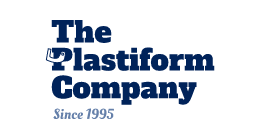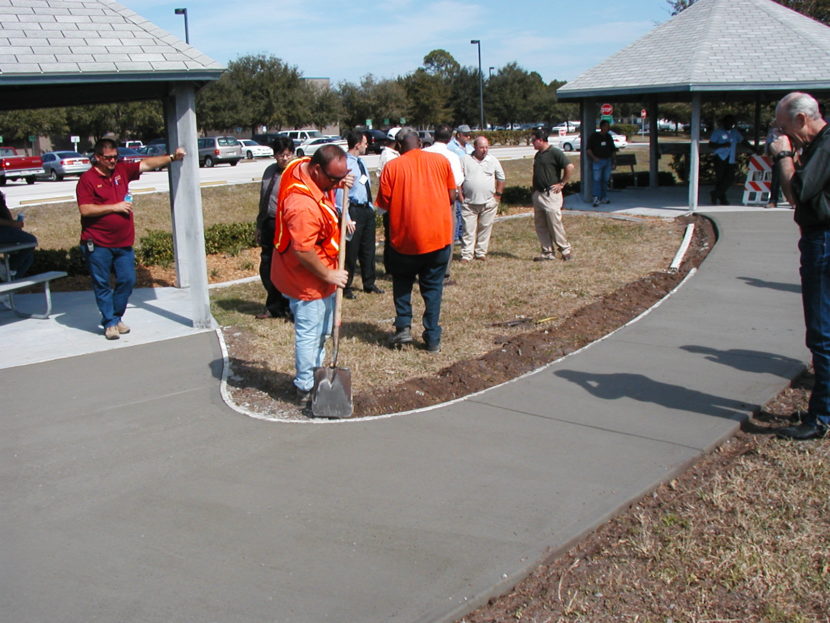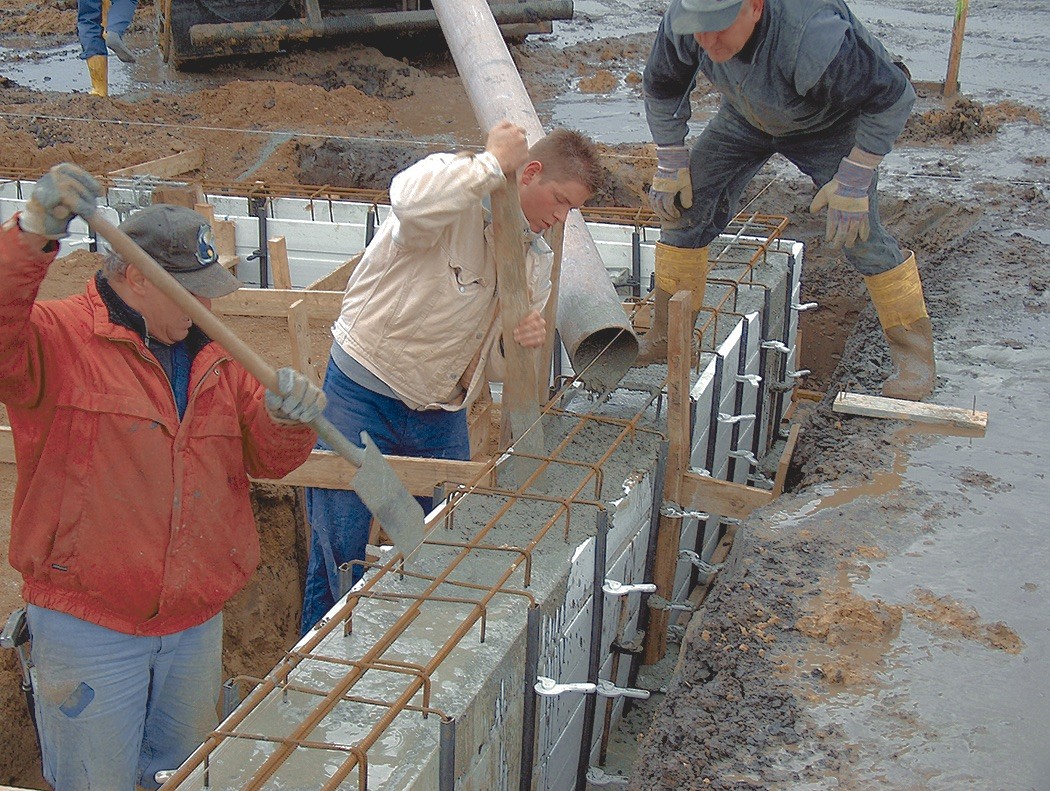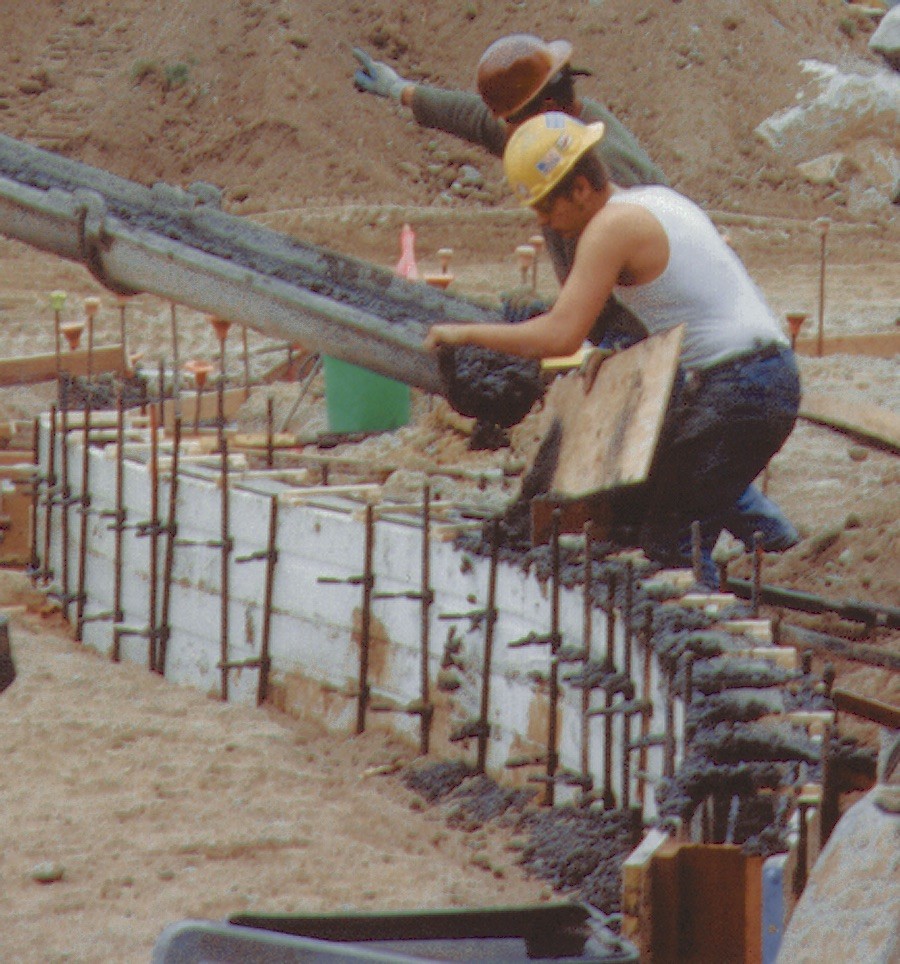
Use Plastic Concrete Forms for Smoothly Curved Results
An Innovation in Construction Techniques
In the realm of modern construction, achieving smoothly curved and aesthetically pleasing concrete structures often poses a significant challenge. Traditional wood or metal forms, while effective in many applications, come with their own set of limitations. The use of plastic concrete forms, however, has emerged as a groundbreaking solution, offering several advantages that facilitate the creation of smoothly curved results with greater ease and efficiency.
Flexibility and Adaptability
One of the most notable benefits of plastic concrete forms is their inherent flexibility. Unlike rigid materials such as wood or metal, plastic forms can be easily bent and shaped to conform to a wide range of curved designs. This adaptability allows construction professionals to achieve intricate and complex curves that would be difficult or impossible to create with traditional forms.
Lightweight and Easy Handling
Plastic forms are significantly lighter than their wooden or metal counterparts, making them much easier to handle and maneuver on the job site. This lightweight nature not only reduces the physical strain on workers but also simplifies the process of setting up and adjusting the forms to achieve the desired curvature. As a result, construction crews can work more efficiently and with greater precision.
Durability and Reusability
Despite their lightweight nature, plastic concrete forms are highly durable and resistant to the wear and tear that can compromise other materials. They can withstand repeated use without warping, cracking, or deteriorating, ensuring consistent results across multiple projects. Their reusability also contributes to cost savings and sustainability, as they can be employed in various applications over time.
Smooth Surface Finish
When it comes to producing smoothly curved concrete structures, the surface finish of the forms is a critical factor. Plastic forms typically feature a smooth, non-porous surface that prevents the concrete from sticking and ensures a clean release once the concrete has set. This results in a flawless, smooth finish that enhances the visual appeal of the final structure.
Cost-Effectiveness
While the initial investment in plastic concrete forms may be higher than that of traditional materials, the long-term cost benefits are substantial. Their durability and reusability reduce the need for frequent replacements, and their ease of use can lead to faster project completion times. This overall efficiency translates into lower labor costs and improved profitability for construction projects.
Environmental Benefits
In an era where sustainability is increasingly important, plastic concrete forms offer notable environmental advantages. Their long lifespan and reusability reduce waste and the demand for new materials. Additionally, many plastic forms are made from recycled materials, further contributing to eco-friendly construction practices.
Conclusion
The use of plastic concrete forms represents a significant advancement in construction technology, offering a range of benefits that make it easier and more efficient to produce smoothly curved concrete structures. Their flexibility, lightweight nature, durability, and smooth surface finish contribute to superior results, while their cost-effectiveness and environmental benefits make them a smart choice for modern construction projects. As the industry continues to evolve, plastic concrete forms are poised to play a key role in shaping the future of architectural design and construction.





